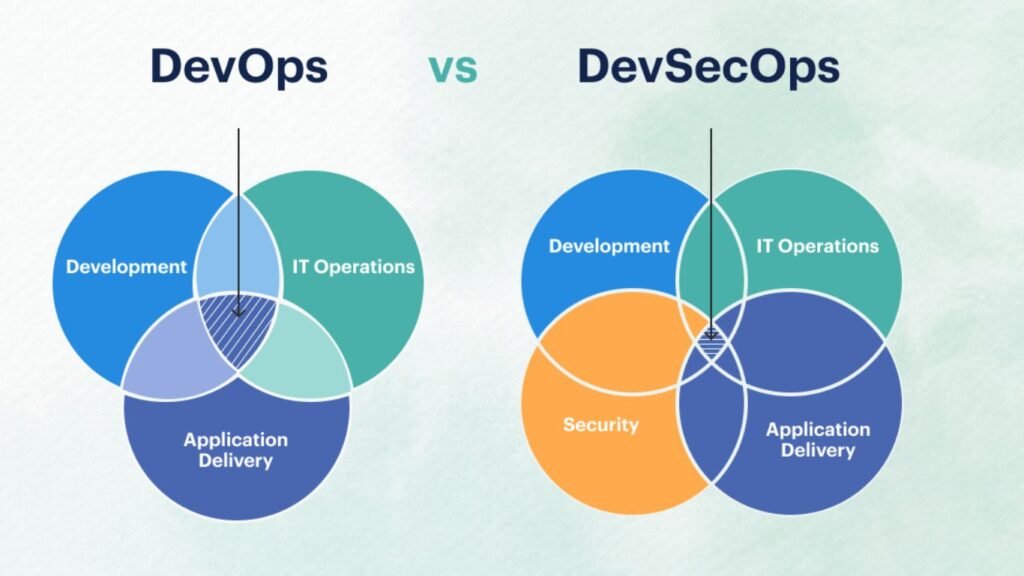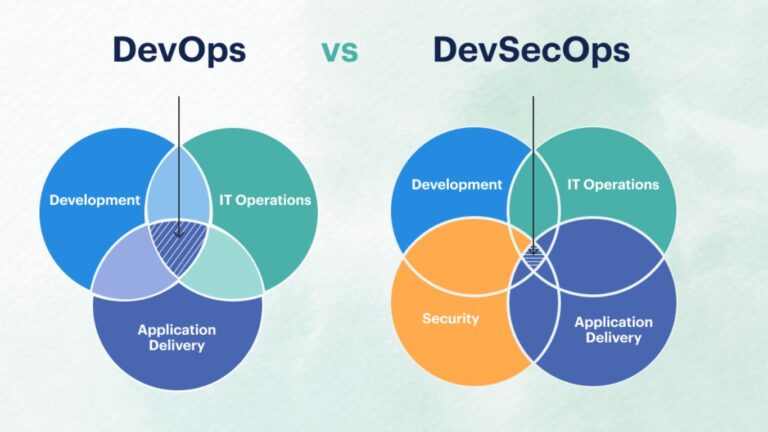Using functional programming, issues can be resolved more quickly. Functional programming places more emphasis on what must be done than on how it should be done, in contrast to other programming paradigms like imperative programming.
Higher-order functions, or those that accept other functions as arguments or return other functions as results, are another tool used in functional programming. This enables the composition of functions, which can simplify and improve the expressiveness of code. Check out the Java certification course to learn more about Functional Programming.
Higher-order functions: A fundamental idea in functional programming, they enable the development of more modular and reusable code.
A “callback function” is a term used to describe a higher-order function that accepts a function as an input. During the course of its execution, the higher-order function will make a call to the callback function at some point, usually to manipulate the data in some way.
The use of immutable data is a crucial component of functional programming. Data is viewed as immutable in functional programming, which means that once it is created, it cannot be modified. This can increase the dependability and predictability of programming by removing the chance of unforeseen side effects brought on by changeable data. Haskell, Scala, and Lisp are examples of functional programming languages. They also incorporate elements of Java and Python. In recent years, functional programming has grown in popularity because it can increase code quality, and also make it easier to reason about software systems.
First-Class Functions in Functional Programming
The idea of functions as first-class citizens lies at the core of functional programming. This means that functions can be kept in variables as well as supplied as arguments to other functions and returned as values. As a result, writing reusable, modular code that can be quickly combined to address complicated issues is made simple.
Advantages of Immutable data structures and pure functions in functional programming.
The promotion of pure functions and immutable data structures is one advantage of functional programming. Immutable data structures are those that, once constructed, cannot be changed. Pure functions don’t alter any external states; they always return the same result for the same input. These characteristics make it simpler to analyse the behaviour of the code and can help prevent bugs and unexpected behaviour.
Characteristics and Advantages of Recursion in Functional Programming
Recursion rather than iteration is also encouraged in functional programming. Recursion is the process of calling a function from within itself as opposed to looping through a list of values. This may result in more elegant, succinct code that is simpler to comprehend.
Due to their easier handling of concurrency and parallelism than imperative languages, functional programming languages like Haskell and Clojure have grown in popularity in recent years. This is because reasoning about shared resources and avoiding racial conditions are made simpler by the absence of changing states.
Generally speaking, functional programming has several advantages for developers, including parallelism, immutability, composability, and modularity. Functional programming can produce code that is more robust, maintainable, and scalable, by placing a strong emphasis on the use of functions and immutable data structures.
Benefits of functional programming
- Modularity
- Composability
- Immutability
- Concurrency
Common functional programming languages
- Haskell
- Lisp
- Clojure
- Scala
Functional programming basically uses a declarative style of programming, now we can discuss what actually declarative style of coding is and how it is different from an imperative one’s!!
Imperative Vs Declarative programming
Understanding Imperative Programming and its Characteristics
The emphasis of the programming paradigm known as imperative programming is on outlining the actions that a program must take in order to solve a problem. Statements that specify the steps the program must take in order to accomplish its goals are frequently used in programs written in an imperative manner. Typically, loops and if statements are used to write imperative programs.
Learning about Declarative Programming and its Features
In a declarative program, the programmer specifies the desired outcomes, and the program determines the actions required to bring about those outcomes. The most common building blocks used while writing declarative programs are functions, rules, and constraints.
Declarative programming has the potential to make code more readable and succinct, which is one of its main advantages. The program concentrates on what the program should achieve rather than the steps it should take, it can be easier to understand the program’s intent. Additionally, declarative programming can make it easier to reuse code and reason about complex systems.
Comparison between Functional programming and Purely Functional programming
Two related but different programming paradigms are functional programming and pure functional programming. Both emphasise the use of functions in software development, whereas Purely Functional Programming imposes more limitations on the use of functions. Functions are used in functional programming to carry out calculations, work with data, and produce abstractions. Functions, however, can alter states or have unintended consequences. Contrarily, purely functional programming demands that functions be referentially transparent, which means that there can never be any side effects and that the same input will always result in the same output. Immutability, which refers to the fact that values cannot be modified after they are created, is emphasised in strictly functional programming. Since there are no hidden state changes, Purely functional programming makes it easier to reason about and test programs. Though it can also make some tasks more challenging, such as input/output or working with mutable data structures.
Although the functional programming technique is shorter and easier to read, it depends on the use of mutable, non-purely functional objects like streams. Recursion is a purely functional technique that is used in the approach of purely functional programming, which avoids mutable objects. However, it can be more difficult to read and less concise.
Functional programming uses immutable objects and higher-order functions to achieve a functional style, whereas purely functional programming avoids mutable objects and uses only purely functional techniques like recursion to achieve a purely functional style. This is the main distinction between functional programming and purely functional programming in Java.
Conclusion
You can learn more about Functional Programming in Java by checking out the Java online tutorial.






























